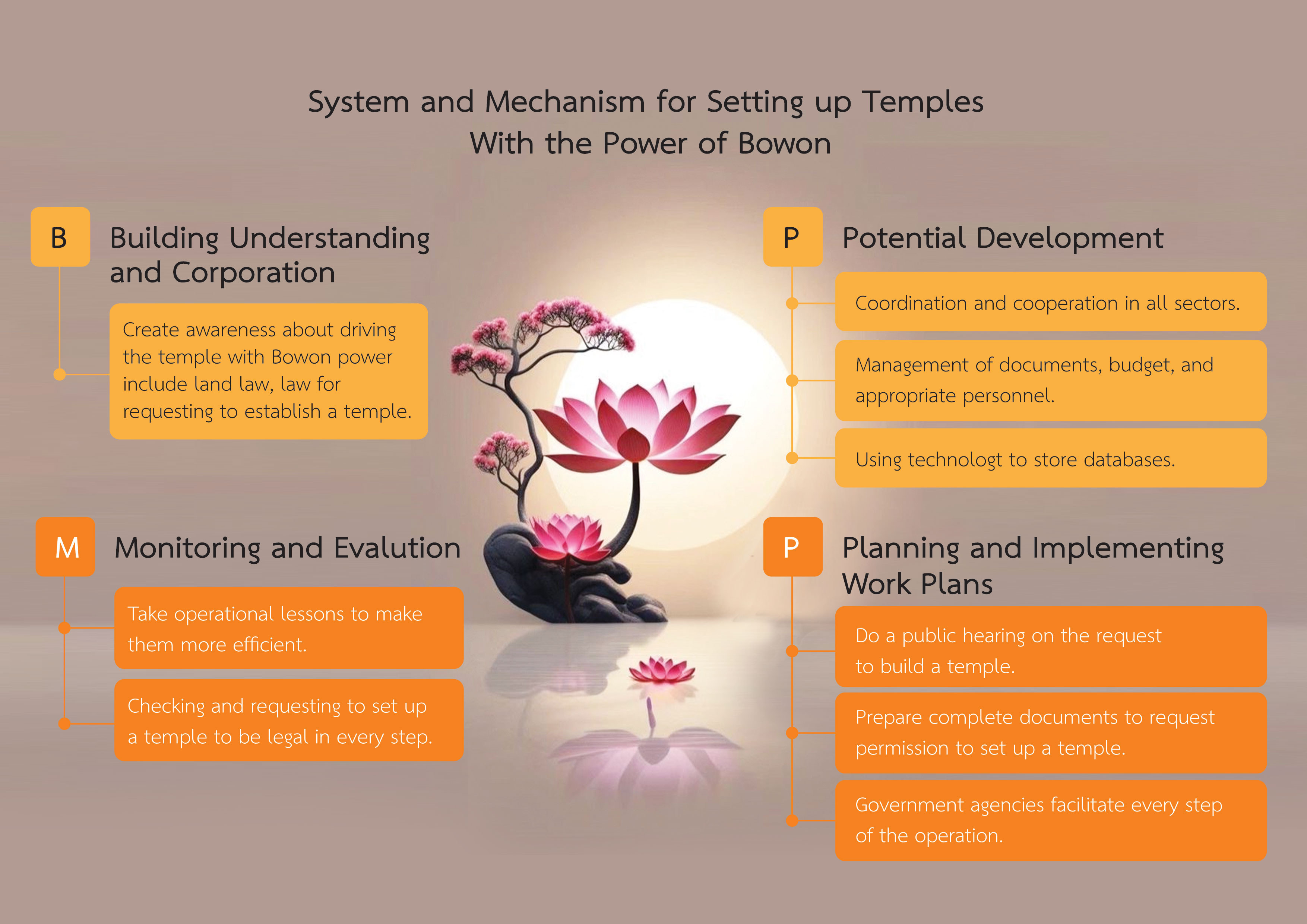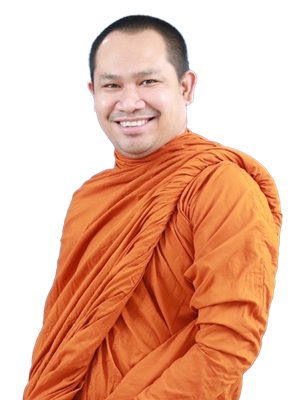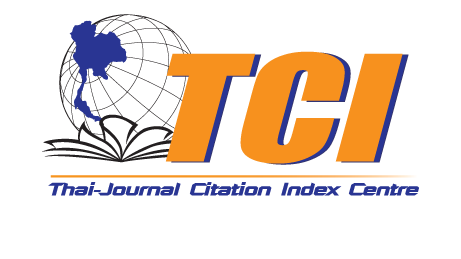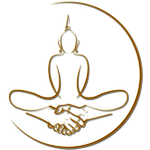THE SYSTEM AND MECHANISMS FOR THE REQUESTING BUILDING PERMISSION AND ESTABLISHMENT OF A TEMPLE WITH THE POWER OF BOWON: A CASE STUDY OF SARATBAMRUNG TEMPLE, BANG DI SUBDISTRICT, HUAI YOT DISTRICT, TRANG PROVINCE
Keywords:
System and Mechanism, Requesting Building Permission and Establishment of a Temple, Power of BowonAbstract
Background and Objectives: The aim is to construct a temple and seek approval for the requesting permission to build and establishment of a Buddhist temple. There exists a system and legal mechanisms outlined in ministerial regulations regarding the creation, establishment, amalgamation, transfer, and dissolution of temples. Requesting Wisung Kham Sima and elevating an abandoned temple to a temple with resident monks during the Buddhist Lent in 2016, According to the aforementioned legal process, its components comprise input factors, such as the area where the temple is situated and the surrounding community. The process for the temple's location requires demonstrating rights to the land on which it will be constructed. Sequentially requesting permission, from bottom to top, the resulting benefits include fostering monks; Religious practices and activities of kin and community. The objective of this research article was to study the system and mechanism, as well as provide recommendations and guidelines, for requesting permission to establish and construct a temple with the community's support at Saratbamrung Temple, Bang Di Subdistrict, Huai Yot District, Trang Province.
Methodology: This research adopts a qualitative. The scope of content encompasses the process of establishing a temple with the power of Bowon, including the criteria and methods involved. It also explores the process of seeking permission to establish a temple. Analysis of data from documents and data obtained from the field. The research instrument used was a questionnaire interview. Unstructured data were collected from in-depth interviews from key informants, including teachers in the graduate program, Group of monks in Trang Province Director of the Trang Provincial Buddhism Office, Cultural scholar Trang Provincial Cultural Office and group discussions involving 10 participants.
Main Results: The research findings: 1) The study revealed that the system and mechanism for requesting permission to establish a temple with the community's support consisted of four steps. Step 1 involved the process of acquiring land. Step 2 included the process of coordinating with the monks from the beginning of the temple establishment request. Step 3 involved the process of surveying public opinion. Step 4 included the process involving the participation of local community leaders. And 2) The study also found that the guidelines for requesting permission to establish a temple with the support of the community should have been revised to be more flexible. This included allowing the temple to be established on land that was not necessarily owned by the temple, requiring an ordination hall, and submitting the necessary documents for permission through an online system to ensure the process was convenient, efficient, and not overly delayed.
Involvement to Buddhadhamma: The system and mechanism for requesting permission to build and establish temples with the power of the worship consistent with the principles of Buddhism, namely the six Saraniyadhamma, consisting of metta kāyakarma, metta vajikarma, metta imaginary kamma, sādharaṇa bokī, silasamaññata and diṭṭhisamanñata. It is a process that allows the community, the monastic community, and the government to help coordinate operations together as one. Creating unity for the common good of Buddhism in a stable manner.
Conclusions: The system and mechanism for requesting permission to build and set up temples with the power of monastic power. It is a process that focuses on the participation of all sectors to develop and promote Buddhism to prosper. In order for the temple to be the center of the community, it is a stable spiritual refuge for Buddhists. Case Study of Wat Sarabumrung It is a reflection of the process of building and applying for permission to establish a temple based on the cooperation of the monks, community leaders, and heads of government departments to have the status of a legitimate temple.
References
Buddhist Places Division of National Office of Buddhism. (2016). Manual for Evaluating Temple Development Standards. Nakhon Pathom, Thailand: National Office of Buddhism.
Chittasophano, N. (2010). The Role of Monks and Temples and Past Development. Nonthaburi, Thailand: Sukhothai Thammathirat University.
Chulwanich, S. & Wattanapradit, K. (2023). Participation Process of "Bowon" Power According to the Principles of Buddhist Santi Method in Developing the Temple into a Buddhist Tourism Destination. MCU Santi Studies Review Journal, 11(1), 208-219.
Janthasaro, P., Kittisophano, K., Buddhisaro, R. & Jantavaree, S. (2023). Administrative Lessons Learned from Thai Monasteriesabroad with the Preservation of Buddhism: A Case Study of Wat Mongkhon Rattanaram Monastery, Tampa, U.S.A. Journal of Buddhist Innovation and Management, 6(4), 197-212.
Janthophaso, P. (2023). Temples Construction and Management of Religious Treasures of Temples in Thailand. Journal of Buddhist Innovation and Management, 6(5), 185-194.
O-in, S., Jirasirichote, A. & Upakankaew, K. (2024). Distribution and Change in the Number of Temples and Buddhist Personnel in Thailand. Dhammadhara Journal of Buddhist Studies, 10(1), 128-153.
Roslers, T. & Thitapanyo, M. (2020). The Evolution of Temples in Buddhism. Journal of Graduate MCU KhonKaen Campus, 7(3), 74-85.
Sukperm, K. (2019). The Model Development of People's Participation in Constructing and Establishing Temples According to the Sangha Act B.E. 2505 in Roi Et Province. Governance Journal, 8(2), 400-415.
Taisrikhot, P. T., Viram, P. S. & Thonghema, P. P. (2023). The Development of the Temple as a Community Knowledge Center in Wat Pho Ngam, Ban Tiw Noi, Tambon Na Pong, Amphoe Mueang, Loei Province. Journal of MCU Nakhondhat, 10(2), 283-298.
Yanasitthi, W. & Thitapanyo, M. (2019). A Development of the Theravada Buddhist Good Governance Indicators for Monastery Administration. Journal of MCU Nakhondhat, 6(8), 3870-3886.

Downloads
Published
How to Cite
Issue
Section
License
Copyright (c) 2024 Journal of Buddhist Anthropology

This work is licensed under a Creative Commons Attribution-NonCommercial-NoDerivatives 4.0 International License.







